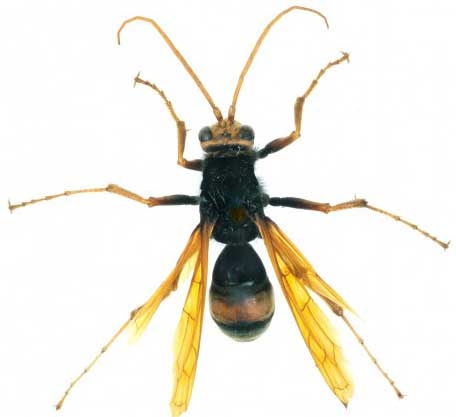In the 1980s American entomologist Justin Schmidt developed an index to rate the relative pain caused by different stings on a four-point scale. Using the Schmidt sting pain index combined with the knowledge of the CSIRO’s expert Dr David Yeates, they come up with a scale to rate the pain inflicted by some of the insects you might come across while you’re out and about this summer.
Assassin bug Yeates rates: 2.0
Found in woodlands around the country, assassin bugs have one of the most menacing titles in the insect kingdom, however, the pain from its sting is more mid-range.
“When they bite, assassin bugs can jam their proboscis into the skin and inject some nasty saliva that causes intense pain,” Dr Yeates said.
“But they’ll only bite when provoked, perhaps if they’ve became entangled in clothing, so be sure to check your washing.”
Bull ant (Myrmecia) Yeates rates: 2.5
Interior designers at heart, bull ants like to decorate their nests with pebbles, twigs and other bits and bobs they can find.
Some have even been known to heat their nest up by decorating the place with dry materials that heat quickly, providing their home with solar energy traps.
Brainy as they are, however, the Australian bull ant won’t be found wanting in the brawn department.
“The venom from Myrmecia stings are among the most potent in the insect world,” Dr Yeates said. “Some people can suffer anaphylactic reactions if they’re particularly sensitive to the sting, and bull ants have been responsible for human deaths in the past.”
Paper wasp Schmidt pain rating: 3.0
Widespread in Australia, the common paper wasp is renowned for delivering a painful sting when their nest is disturbed.
With a pain duration of up to 15 minutes, Schmidt awarded these bad boys a cool 3.0, describing the sensation as: “Caustic and burning. Distinctly bitter aftertaste. Like spilling a beaker of hydrochloric acid on a paper cut.”
Spider wasp Schmidt pain rating: 4.0
Found in urban areas, forests and wetlands throughout Australia, spider wasps are often seen dragging huntsmen spiders along to their nests to feed their larvae.
The sting from a tarantula hawk, a member of the spider wasp family, was awarded a sizzling 4.0 by Schmidt, who likened it to a running hairdryer dropped into your bubble bath.
See this article in Tree Fruit February 2016




















